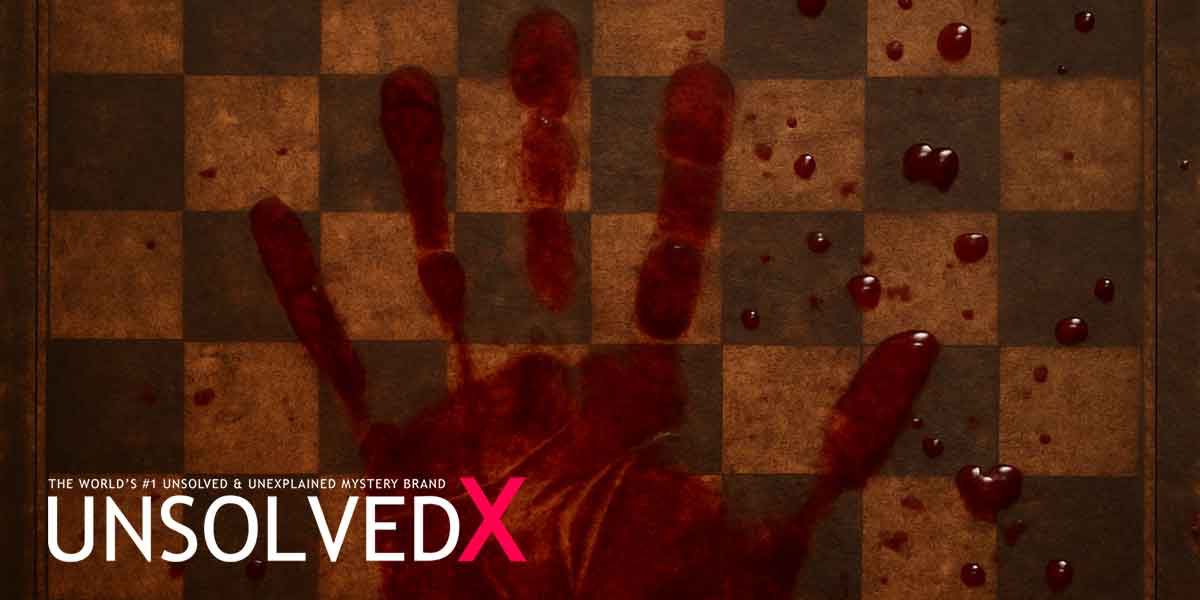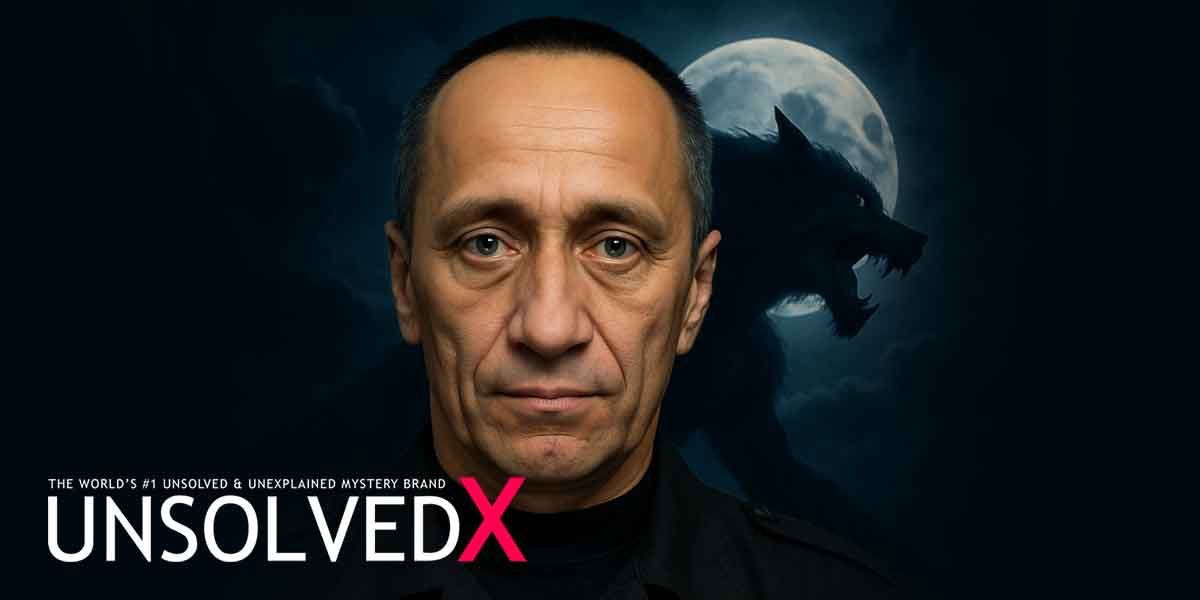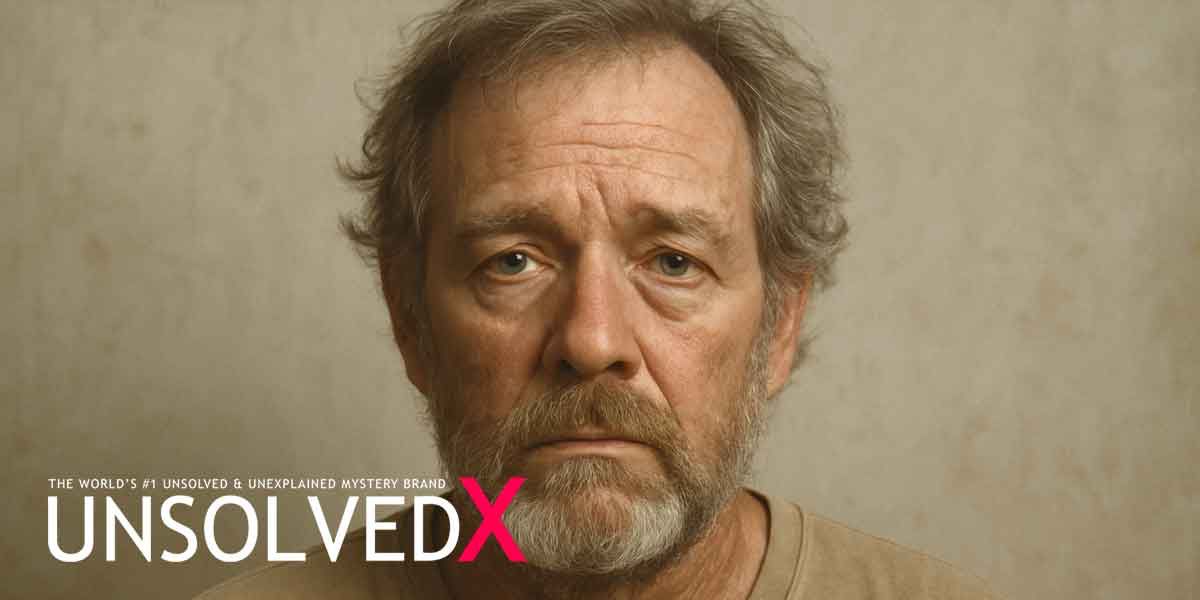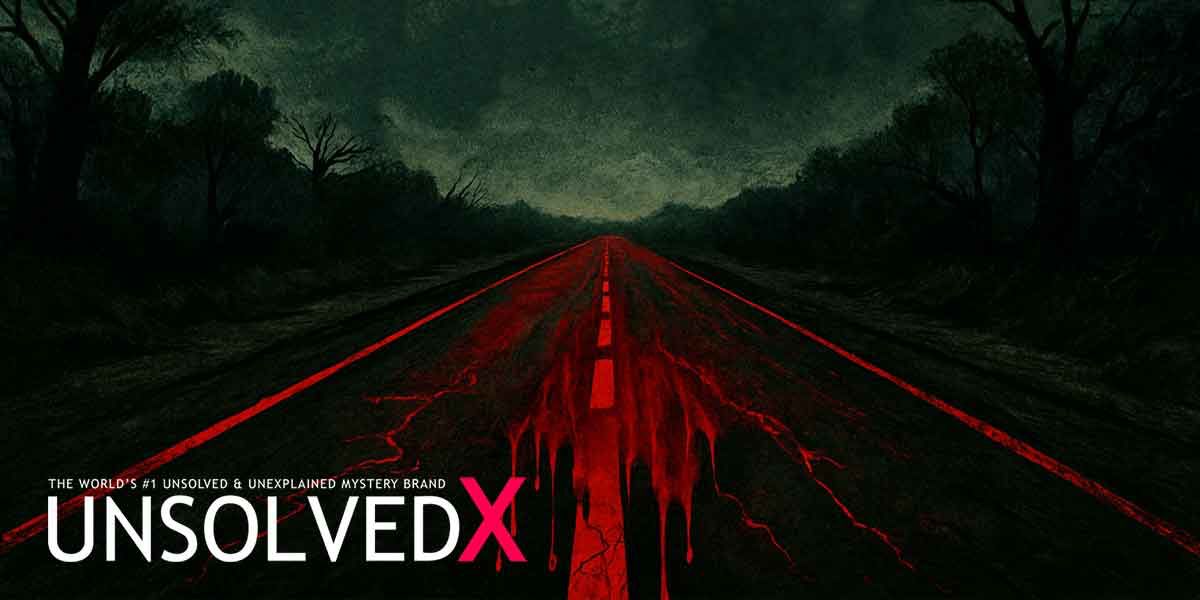A Game of Death in Bitsa Park
In the shadowy expanse of Moscow’s Bitsa Park, a sprawling green haven in the city’s south, Alexander Pichushkin crafted a chilling legacy as the “Chessboard Killer.” Between 1992 and 2006, he lured victims—often vulnerable, elderly, or homeless individuals—with promises of vodka and companionship, only to end their lives with brutal precision. His nickname stems from a haunting discovery: a chessboard in his apartment, each square marked with dates corresponding to his murders, as if each life was a move in a grotesque game. Pichushkin’s stated goal was to kill 64 people, one for each square on the board, aiming to surpass the infamous Andrei Chikatilo, Russia’s “Rostov Ripper,” convicted of 52 murders. Unlike Jack the Ripper, whose five canonical murders in 1880s London remain unsolved, Pichushkin’s crimes were methodical, documented, and chillingly personal. His reign of terror, which claimed at least 48 confirmed lives and possibly up to 60, left Moscow gripped by fear and cemented his place among the world’s most prolific serial killers.
Pichushkin’s early life offers clues to his descent into darkness. Born on April 9, 1974, in Mytishchi, near Moscow, he was raised in a modest apartment on Khersonskaya Street, just a six-minute walk from Bitsa Park. A childhood accident at age four—falling off a swing and being struck in the forehead—damaged his frontal cortex, potentially altering his impulse control and fueling aggressive tendencies. This injury, coupled with relentless bullying at school, where peers mocked him as “that retard,” reshaped a once-sociable boy into a volatile loner. His grandfather introduced him to chess, a game where Pichushkin excelled, channeling his aggression into dominating opponents in Bitsa Park. But the death of his grandfather in 1989, a devastating blow, pushed him toward vodka and darker impulses, setting the stage for his first murder at 18.
The Mind Behind the Murders
Pichushkin’s methods were as calculated as they were brutal. He targeted those society often overlooked—homeless men, alcoholics, and the elderly—luring them to secluded spots in Bitsa Park with offers of a drink. Once their guard was down, he struck, often bludgeoning them with a hammer or pipe, sometimes shoving a broken vodka bottle into their skulls as a grim signature. Unlike Ted Bundy, who charmed young women with charisma, or John Wayne Gacy, who preyed on teenage boys under the guise of opportunity, Pichushkin’s killings were devoid of sexual motives. For him, murder was an act of pure control, a “biological imperative” akin to first love, as he chillingly described. He even kept a logbook, meticulously marking each kill on his chessboard, a ritual that echoed the meticulousness of Gary Ridgway, the Green River Killer, who methodically disposed of victims but lacked Pichushkin’s symbolic flair.
What drove Pichushkin to such extremes? Some point to his childhood head injury, which neuroscientists link to psychopathy and violent behavior. Others highlight his obsession with Andrei Chikatilo, whose 1992 conviction for 52 murders inspired Pichushkin to outdo him. He claimed he wanted to “cleanse” society of undesirables, but his own words reveal a deeper, almost existential thrill: “Life without killing is like life without food.” Unlike D.B. Cooper, whose 1971 hijacking remains an unsolved enigma, Pichushkin’s crimes were tangible, their horror laid bare in court. His lack of remorse during his 2007 trial, where he smirked and boasted of his deeds, shocked even seasoned investigators. He confessed to 61 murders, though only 48 were confirmed, along with three attempted murders, leaving open the question of how many lives he truly claimed.
A Legacy of Fear and Unanswered Questions
Pichushkin’s arrest in June 2006 came after a rare misstep: a woman, Marina Moskalyova, survived his attack and identified him, leading police to his doorstep. The discovery of his chessboard, with 61 squares marked, sent chills through Moscow. Convicted in 2007, he was sentenced to life in prison, the first 15 years in solitary confinement at the Polar Owl penal colony in Russia’s Arctic north. In April 2025, Russia’s penal service reported Pichushkin was ready to confess to 11 additional murders, potentially raising his toll to 59, making him Russia’s second-most prolific serial killer behind Mikhail Popkov. This revelation, reported by Reuters and Sky News, underscores the lingering uncertainty: did he reach his goal of 64? The true number may never be known, as some bodies, dumped in sewers, were never recovered.
The Chessboard Killer’s story continues to captivate and horrify, inspiring documentaries like Serial Killers: Chessboard Killer (2009) and podcasts such as My Favorite Murder and And That’s Why We Drink. For those intrigued by Moscow’s darker history, guided tours of Bitsa Park, like those offered by Moscow With Locals, explore the sites tied to Pichushkin’s crimes, blending history with the macabre. Unlike Jack the Ripper or D.B. Cooper, whose mysteries persist in their anonymity, Pichushkin’s case is a stark reminder of a known monster’s calculated cruelty. Yet, questions linger: how many more victims remain unclaimed? And what drove a chess-loving boy to become a predator who saw murder as a game? His story, like the chessboard he revered, remains a puzzle with missing pieces, haunting those who dare to look closer.










Comments
Comments section coming soon!